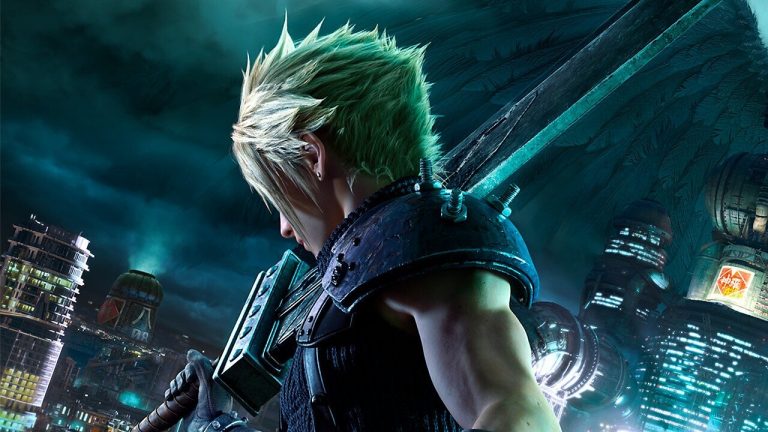

“The scale of the cutscene department and the environment department have gotten bigger,” says Naoki Hamaguchi, co-director of Final Fantasy 7 Remake, in the same email interview. Back in the ’90s, Kitase and his team could get away with using pre-rendered backgrounds and clever camera tricks the level of immersion expected today has completely shifted the design paradigm.

It’s not often that a director can help lead an original creation as well as its remake two decades later. “As such, we felt like a new challenger with nothing to lose.” “When the original came out, the Final Fantasy franchise did not have the status in the Western market that it has achieved since,” says Kitase. Regardless, FF7 left an indelible impact for its mature story, likable characters, complex protagonist, and memorable music. “Back then, character models were still quite simple, so we got away with the comic-like, over-the-top acting.”įinal Fantasy 7 Remake screenshot Image: Square Enix “I was manually animating the character’s performances in the cinematic scenes that I had designed,” Kitase adds. “The character models were exaggerated and unrealistic due to the limitations we had on the number of polygons and the amount of skeletal framework we could rig in a character’s body,” says Yoshinori Kitase, director of the original game and producer of Final Fantasy 7 Remake, in an email interview. Unlike Final Fantasy 6, which preceded it on the Super Nintendo with gorgeous sprite work and 2D visuals, or Final Fantasy 10, which came afterward on the more powerful PlayStation 2, FF7 was stuck on a system where 3D graphics were innovative yet held together with duct tape.

This is the beloved game that defined a generation? The characters are chunky Mega Bloks-style humanoids running through a gray and muddy-brown Midgar. Looking at the original Final Fantasy 7 in 2020 with fresh eyes can leave many bewildered. Goldberg was one of the few journalists to see the game during a press event at Square’s offices in Hawaii back in 1996, when he was freelancing for Wired. “When it came to Final Fantasy, it wasn’t like the most amazing thing compared to today, but for then it was quite stunning,” says Harold Goldberg, founder of the New York Video Game Critics Circle. And Sony wanted the world to pay attention, making sure that publications like Wired, USA Today, and Playboy took notice. The pre-rendered CGI graphics with explosions ricocheting through a dystopian city gave it a movielike gravitas above other games of the time. Look back at the 1997 television ads for Final Fantasy 7 now, and it’s clear that Square had something to prove.


 0 kommentar(er)
0 kommentar(er)
